Hydraulic winches are an essential part of an ISUZU wrecker trucks, providing critical lifting and pulling capabilities. These winches come in a variety of specifications, from light to heavy duty, and are an indispensable component in wrecker truck operations.
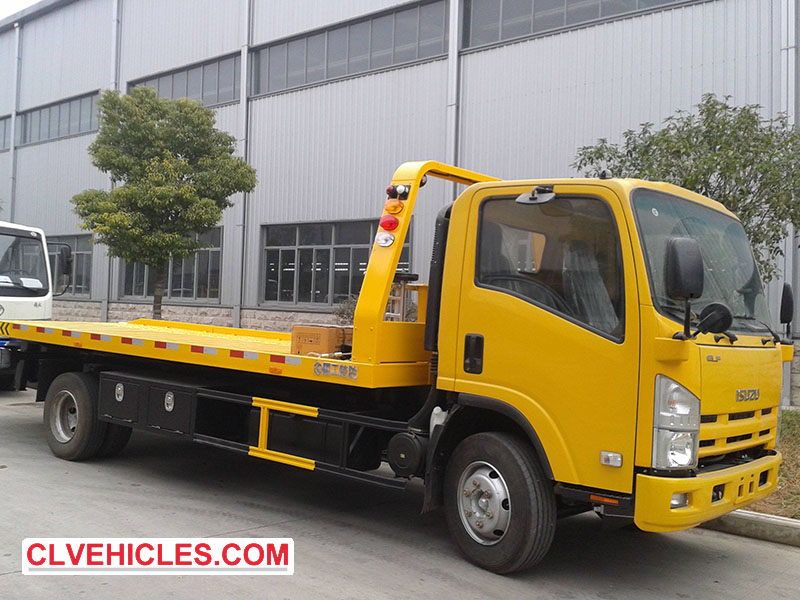
The two most common types are worm gear hydraulic winches and planetary gear hydraulic winches, each of which has its own unique advantages:
Worm gear winches: simple design, cost-effective, easy to manufacture, often used in light to medium-duty applications (such as MLJ type hydraulic winches). However, their transmission efficiency is relatively low.
Planetary gear winches: more complex structure, this type of winch has higher torque, larger transmission ratio, and higher efficiency, making it an ideal choice for medium to heavy-duty operations.
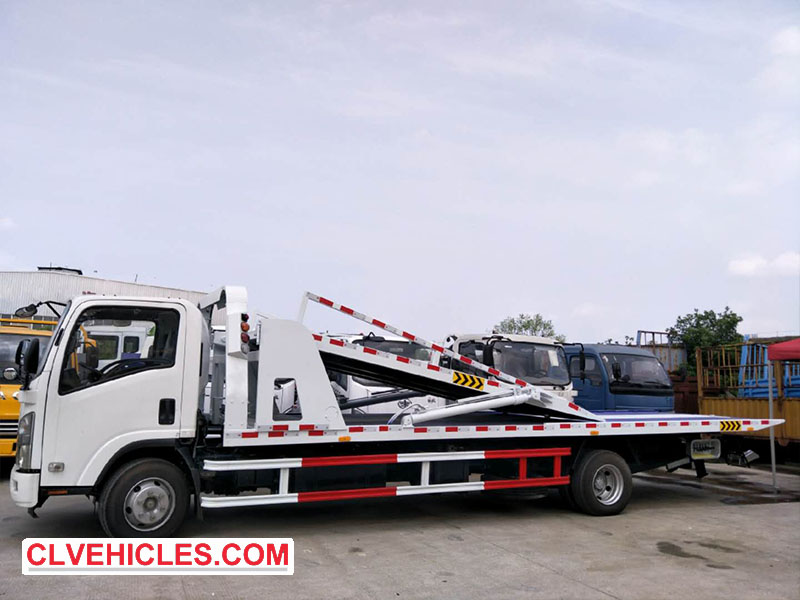
Installation of wrecker winches
Wreckers are usually equipped with one or two winches, which can be centrally mounted or offset mounted depending on design requirements. Proper installation and wire rope management are essential to ensure safe and efficient operation. Here are the key guidelines:
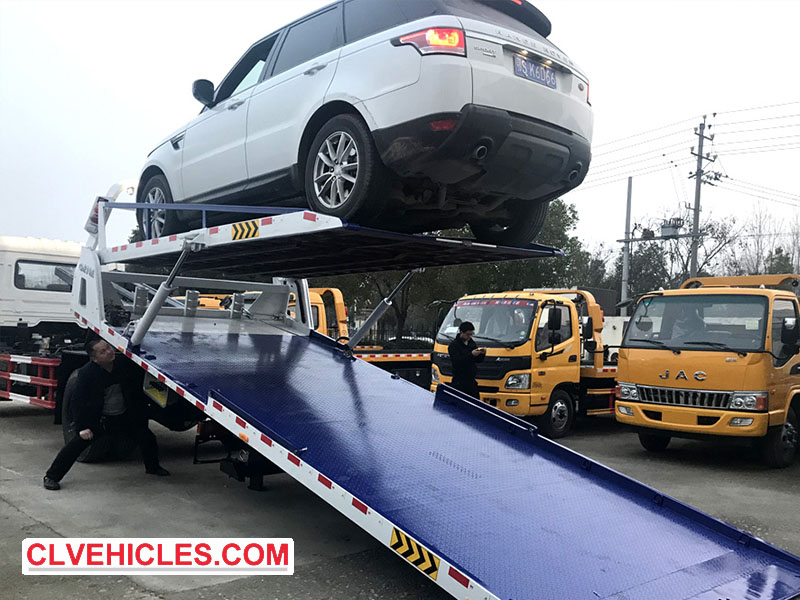
Pre-installation inspection
1. Check the components: Before installation, make sure all components are intact. Replace any defective components immediately.
2. Secure installation: Use high-strength bolts of grade 10.9 or higher to secure the winch to the base or bracket to ensure a secure mechanical connection.
3. Verify hydraulic connection: After installation, confirm that the hydraulic lines are connected correctly, the clutch engages/disengages smoothly, and the drum rotates smoothly.
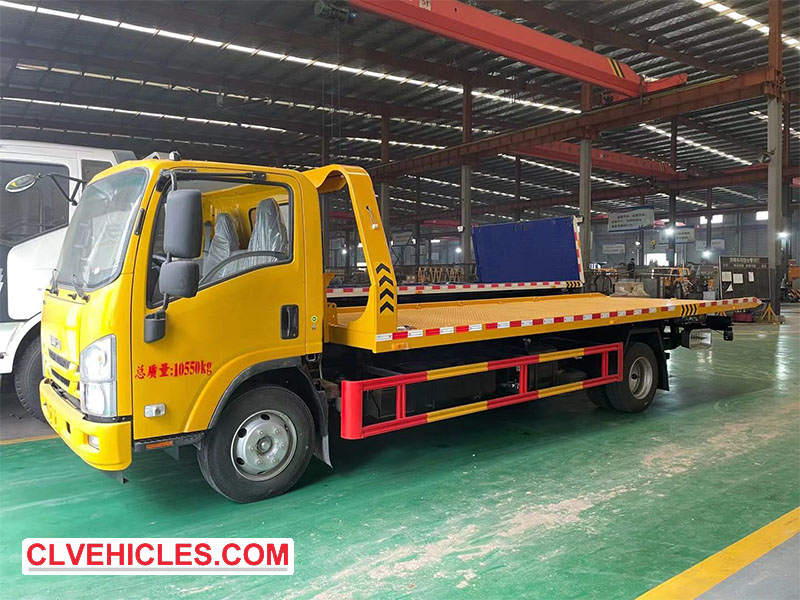
Wire rope installation and calibration
Rope anchoring: Insert the end of the rope into the anchor hole of the drum and tighten it with a screw.
Pretensioning: Under no-load conditions, wrap 4-5 rope loops around the drum and then apply 3-5 kN of tension to ensure proper installation.
Calibration: The rope must be fed into the drum at an angle of no more than 3° to prevent misalignment and uneven force.
Anti-slip measures: When the winch is idling, be sure to enable the rope pressure device to prevent the rope from loosening or winding.
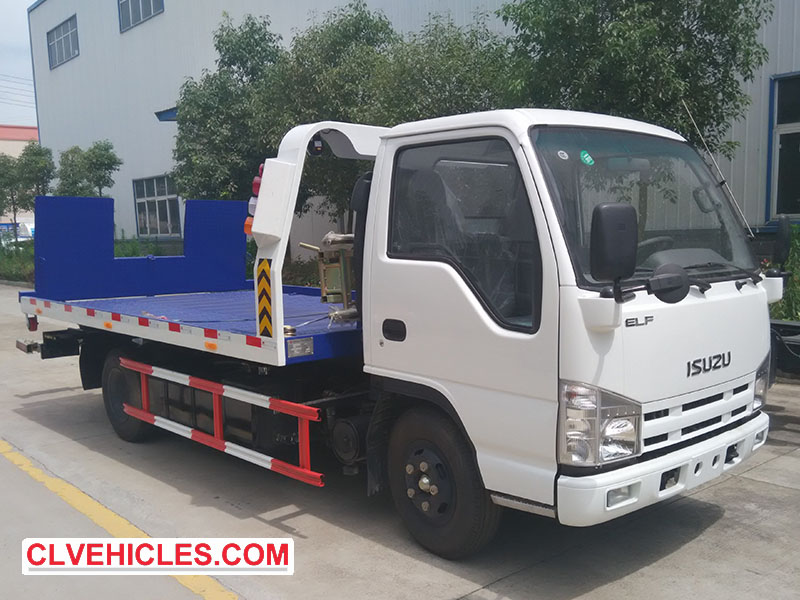
Operational safety and maintenance
Run-in period: Before heavy-load use, the winch should be run without load to allow the hydraulic motor to run-in.
Load Limits: Never exceed the rated capacity of the winch - overloading can cause mechanical failure and accidents.
Clutch Safety: Do not disengage the clutch during lifting or pulling. Ensure that at least 5 rope loops remain on the drum during operation.
Proper installation, calibration, and maintenance of hydraulic winches are critical to the performance and safety of the tow truck. Following these guidelines ensures reliable operation, extends the life of the equipment, and minimizes risks during rescue missions.